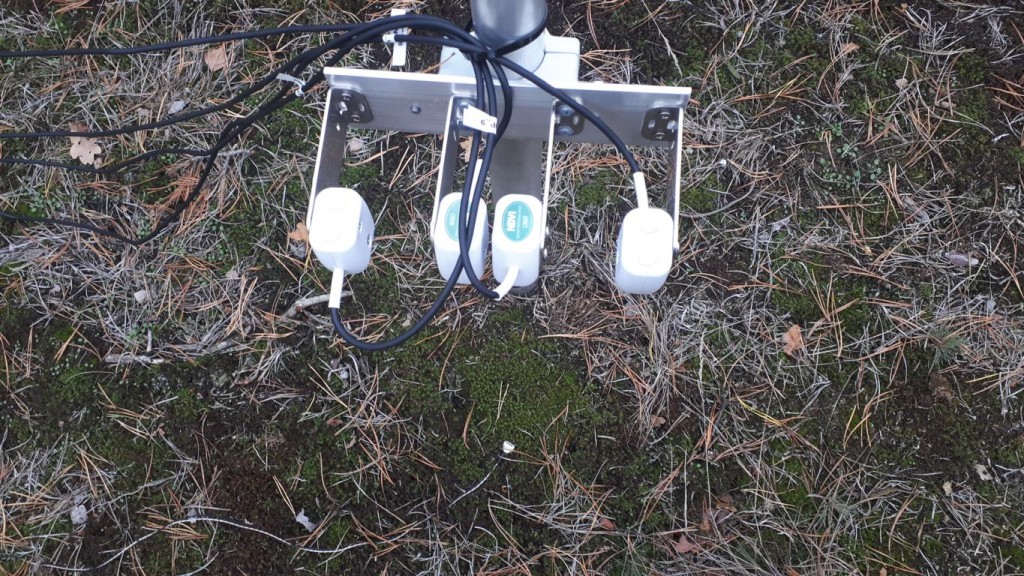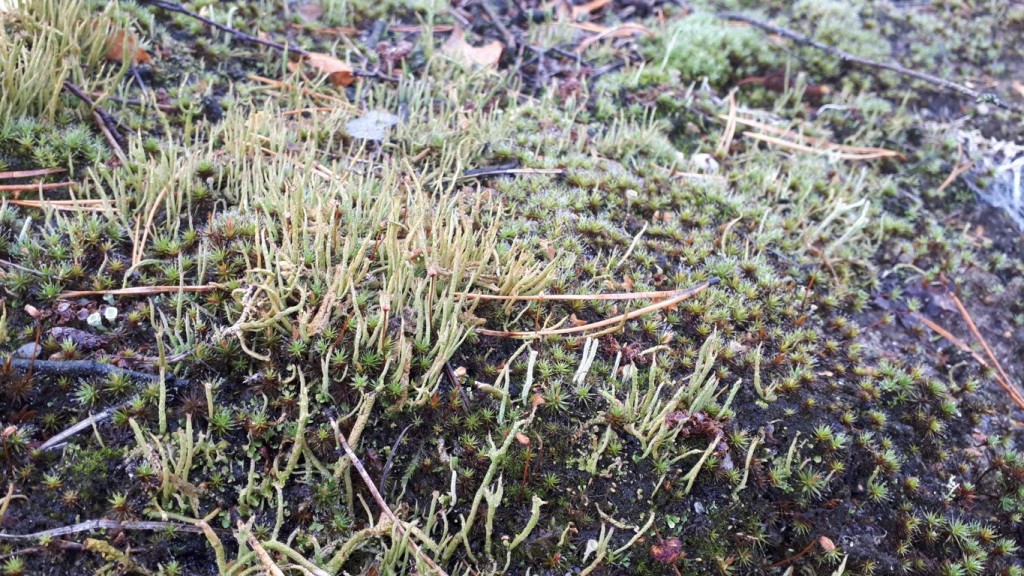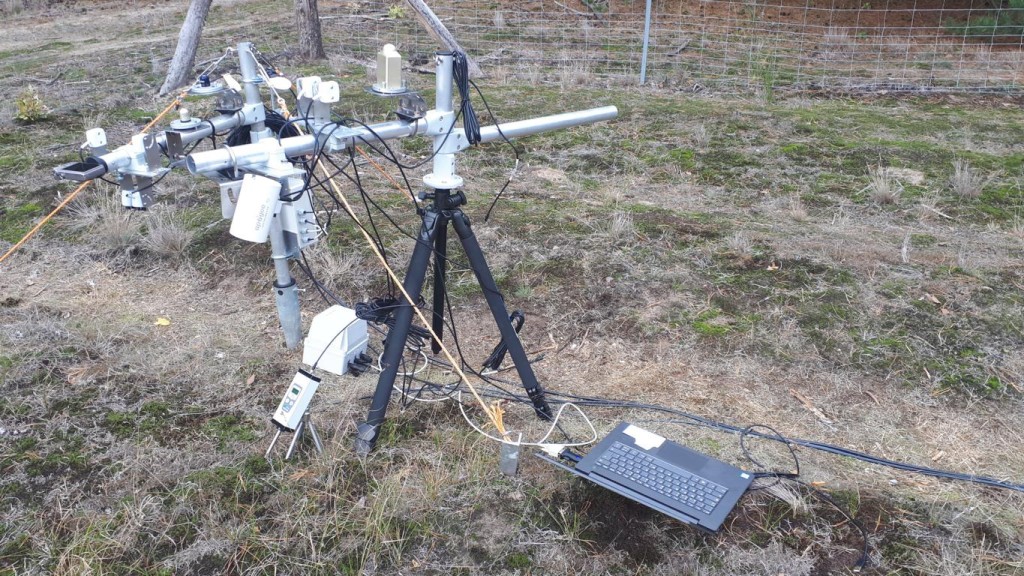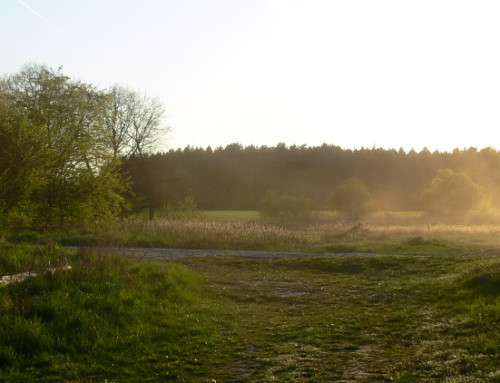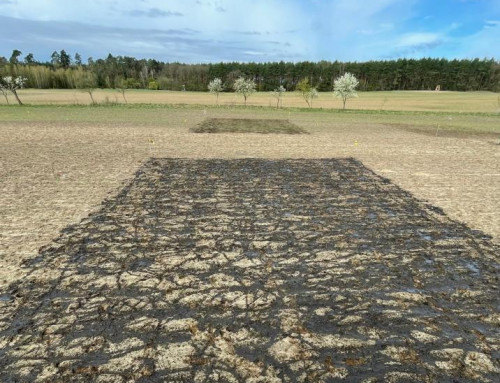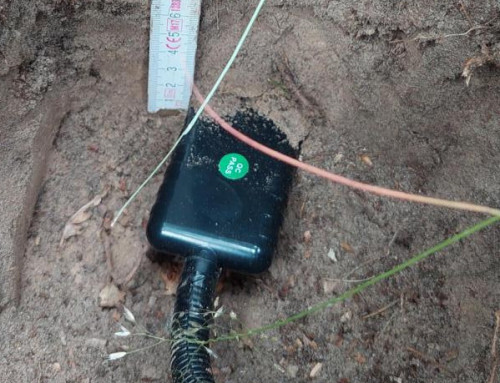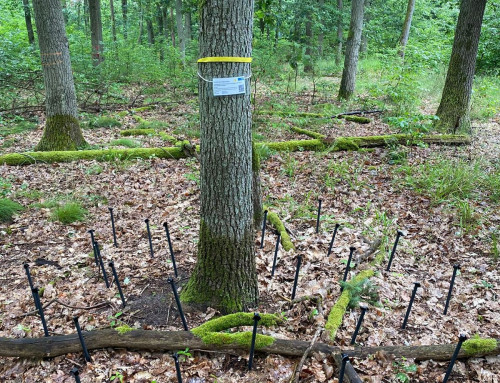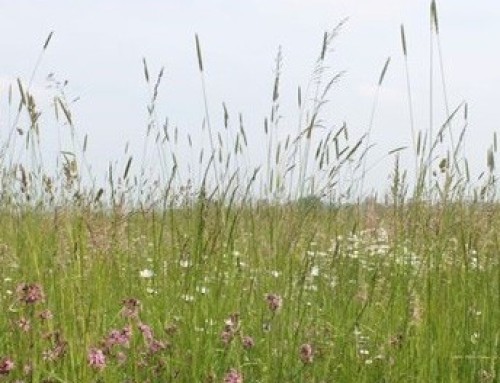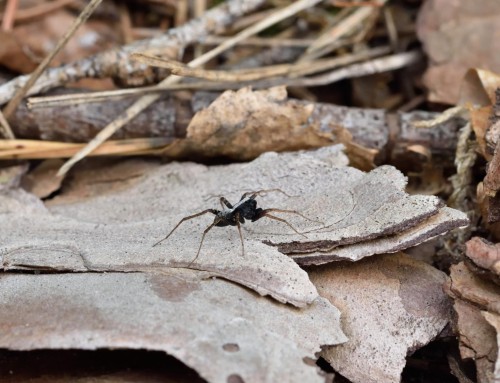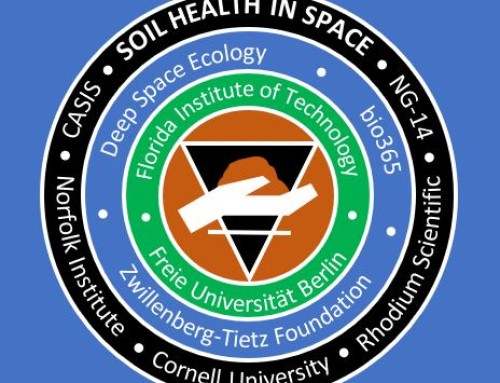ForestCrust – Ecological interactions between moss-lichens biocrust and biogeochemical processes in forest ecosystems
Type of project: research project with a duration from January 2021 to December 2023
Lead: Dr. Maik Veste, Brandenburg University of Technology Cottbus – Senftenberg
About the project
Mosses and lichens are important components of the ground vegetation in Central European forests. Particularly in semi-shady woods of Scots pine and oak, forest mosses and lichens of the genus Cladonia cover large ground surfaces and are very dominant in the ground vegetation here. These plant communities are the final stage of a succession of biological soil crusts, the initial stages of which are formed mainly by green algae and develop through moss to moss lichen communities.
In doing so, they influence the forest soils in their ecological function and, with their feedbacks with the ground vegetation, play an important role in the forest ecosystem. A large area of forest soil covered with mosses can store large quantities of water and release it again with a time lag. However, even with increasing precipitation, mosses can act as an infiltration barrier into deeper soil layers and cause negative feedbacks on ecohydrological processes and the soil water balance. In addition to their ecohydrological importance, mosses are also an important factor in the global carbon cycle and, for example, are responsible for one-fifth of the net carbon uptake in cold-temperate and boreal forests. On forest soils in temperate climates they can also contribute significantly to soil CO2 sequestration.
The aim of the project is to investigate the spatial and temporal development of biological soil crusts in forest ecosystems. The project is linked to the project on the development of soil crusts on raw soils. In forest ecosystems, too, moss and lichen communities cover large parts of the soil surface in forests, along forest edges and adjacent open habitats. Under these different microclimatic conditions, field experiments are carried out to investigate the influence of moisture-dry cycles on the physiological activity phases of the alternating moist organisms and their growth. Long-lasting drought and short-term precipitation during the summer months have a negative effect on the performance and productivity of mosses and lichens and change their spectral characteristics.
The investigations of physiological effects of dry-humid cycles are an essential basis for modelling carbon fluxes and photosynthesis during the summer months. In addition, climate change with increasing winter temperatures plays an important role for the ecophysiology of mosses and lichens, as frost and snowfall are significantly reduced. This favours the physiological activity and growth of lichens and especially of mosses in the previously colder seasons. In addition, the soil hydrological properties and especially the deep infiltration of rainwater in the summer months have a massive influence. The feedback between the mosses and the precipitation, infiltration and soil water balance will be investigated with different types of forest mosses.

